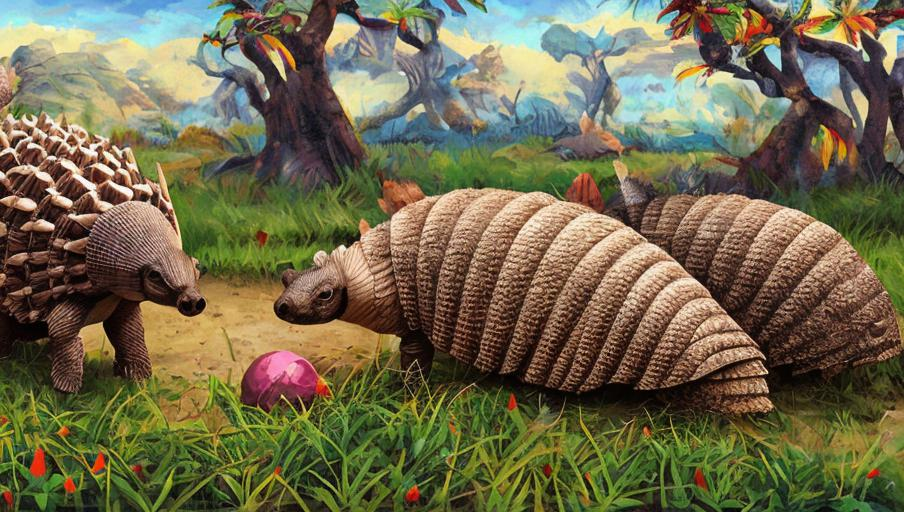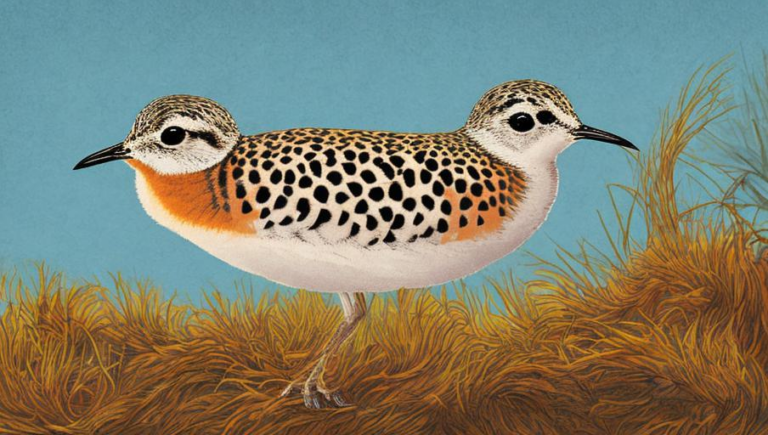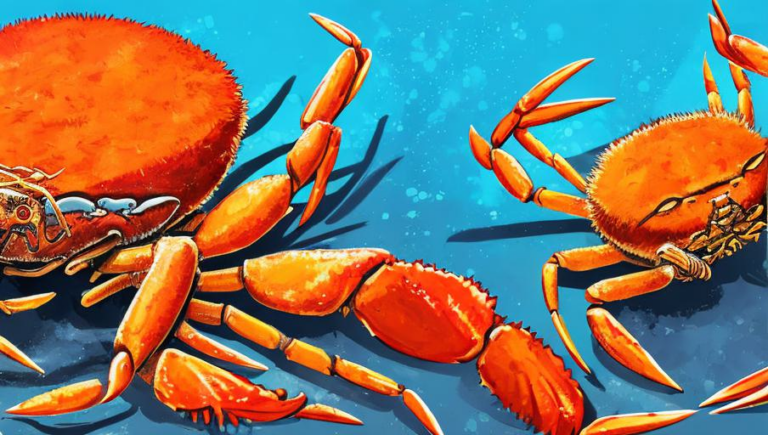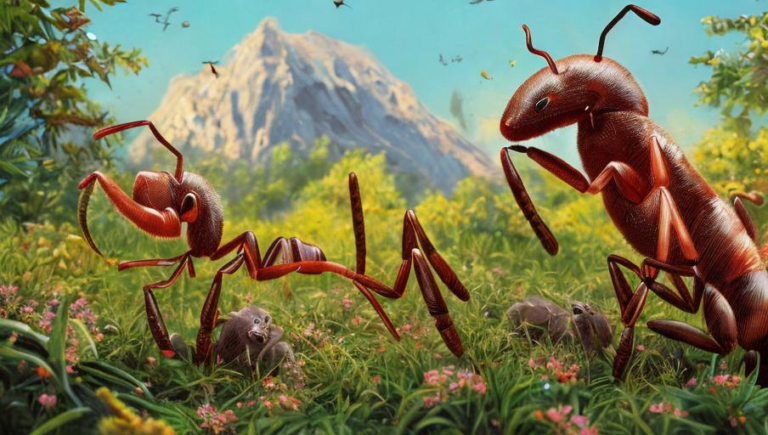Relationship Between Humans and Armadillos

Introduction
Armadillos are native to Central and South America, and are part of the Xenarthra order, which includes anteaters and sloths. They have a unique shell that protects them from predators. Armadillos have poor eyesight and rely on their sense of smell to find food. They can also dig quickly with their sharp claws.
Human Interactions with Armadillos
Humans have a long history with armadillos, dating back to the 16th century when they were brought to Europe as exotic animals. In some areas of South America, armadillos are hunted for their meat, which is considered a delicacy. In other parts of the world, armadillos are seen as pests due to their ability to dig up lawns and gardens in search of food.
Armadillo Diseases
Armadillos can carry diseases that can be transmitted to humans. The most commonly known disease is leprosy, which is caused by the bacteria Mycobacterium leprae. Armadillos can also carry other diseases, including salmonellosis, tularemia, and ehrlichiosis. It is important for humans to be aware of the potential health risks when handling armadillos, and to take precautions to prevent coming into contact with their saliva, feces, or urine.
Conservation
The armadillo population is in decline due to habitat destruction and hunting. They are currently listed as near threatened by the IUCN Red List, and are protected by law in some parts of their range. Conservation efforts are underway to protect this unique species and its habitat.
Conclusion
Armadillos are fascinating creatures that have a long history of interaction with humans. It is important to be aware of the risks associated with handling them, and to take precautions to prevent the spread of disease. Conservation efforts are also necessary to protect their habitats and ensure their long-term survival.





